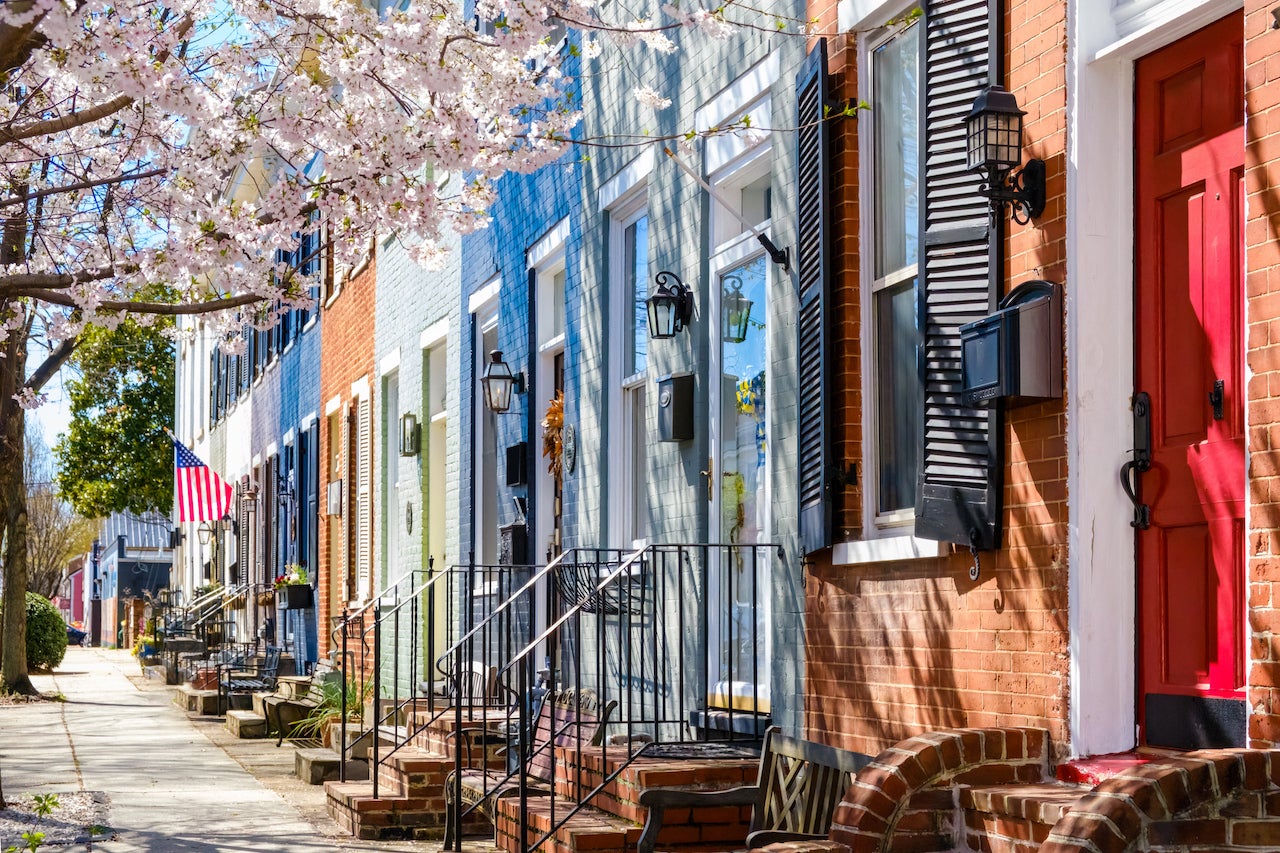Cost of living in California 2023

As one of the largest states in the country, it’s not easy to generalize about the cost of living in California. Though there are some facts that are very revealing when it comes to life here.
To begin with, the Golden State is known for its abundance of natural beauty. It offers a good quality of life too, one that often includes an active, outdoor lifestyle and plenty of job opportunities to boot. Some of the best places to live in California, by those metrics, include Oakland, Sacramento and San Diego.
However, California is also home to five of the most expensive cities in the United States, not to mention three of the top five most expensive places to buy a house. Housing, food, utilities, even transportation: All are pricier in California, according to data from RentCafe.
What’s the average cost of living in California?
The cost of living in California varies significantly depending on where in the state you live. In pricey San Francisco, it runs 91 percent higher than the national average; in Sacramento it’s 22 percent higher; and in Bakersfield, it’s just 4 percent higher. In general, however, the cost of daily expenses in the Golden State is higher than in many other parts of the country.
Housing costs
Finding a place to live in California is not for the faint of heart. Housing costs, whether you’re renting or buying, tend to be significantly higher here than the rest of the country.
Buying a house in California, in particular, can really cost you. The median sale price for a home in the state was an eye-popping $898,980 as of May 2022, according to the California Association of Realtors. At that price — up 10% from May 2021 — owning a home is not a realistic prospect for most of the state’s residents.
To put it in perspective, the annual income required to be able to buy a home at the state’s median price is now about $180,000. That’s more than double California’s median household income. If you’re a first-time homebuyer, though, the state offers some assistance programs that may be able to help.
Rent prices in California are equally challenging. The state has the fourth highest rent rates in the country and the average rent for a two-bedroom home is a steep $2,274 per month. Half of the renters in the state pay more than 30 percent of their income toward rent, according to data from the Terner Center for Housing Innovation at UC Berkeley.
Utility costs
Utility bills in California are no small expense. San Diego residents, for instance, who are served by San Diego Gas & Electric, pay the highest electricity rates in the entire nation. Utility rate increases for San Diego residents are expected to outpace inflation by nearly 70 percent by the year 2030. In the state as a whole, monthly utility bills run about 29 percent higher than the national average.
Grocery costs
Ironically for a state with so many farms, the cost of food in California is also more expensive than much of the rest of the country. State residents pay an average of 12 percent more for food than the national average.
MIT’s living wage calculator estimates that a single adult in the state spends about $4,000 annually on food. That cost increases to $5,893 annually for an adult with one child and $8,853 for an adult with two children.
Transportation costs
Transportation is not an area where you stand to save much money when living in California. State residents spend about 37 percent more on transportation than the national average.
Of course, California is known for its highways. It’s a place where many people, particularly those outside major cities, rely on driving rather than public transportation. And unfortunately, the cost of gas in the state is exceptionally high: AAA data for July 2022 puts the price of gas in California at $5.73 per gallon, compared to a national average price of $4.35.
Car insurance in California is also expensive. State drivers pay an average of $2,190 per year, compared to a nationwide average of $1,771.
Taxes
Like so many of the other expenses that factor into the overall cost of living in California, taxes here are among the steepest in the country.
The state sales tax is a high 7.25 percent. What’s more, local cities and counties can add their own sales tax on top of that amount, making it even more expensive in some parts of the state.
For income tax, California follows a graduated tax system: The more money you make, the higher your rate. The tax brackets begin at 1 percent and range up to 13.3%, for individuals earning more than $1 million per year.
If there is one silver lining, it is that the state’s property taxes are not quite as excessive. The effective property tax rate is 0.73 percent, which is paid as a percentage of your home value. This puts California’s property taxes 34th in the nation in terms of costliness.
California’s job market
California is home to the largest economy in the country by far. In fact, if California were a country itself, it would boast the world’s fifth-largest economy!
California’s job market is diverse and rich with opportunity. While the state may be best known for Hollywood and Silicon Valley, agriculture is actually the top industry. The next largest industries in the state, in order, are film and television, travel and tourism, and tech.
The unemployment rate in the state has been declining for the past year. As of April, it sat at 4.6 percent.
Ready to move to California?
If you’re considering a move to California, it may be a good idea to spend some time exploring the state and its diverse offerings first. From the bustle of big cities like San Francisco and Los Angeles, to the natural beauty of beachside enclaves like Santa Barbara, to the desert elegance of Palm Springs, there is no shortage of lifestyle choices.
Finding a knowledgeable and experienced local real estate agent to help you sort through the options is also a good idea, particularly in areas where the real estate market is highly competitive.
FAQs
-
Yes — California is one of the priciest states in the country. The cost of living in the state overall is 39 percent higher than the national average, but that varies depending on the particular city. In San Francisco, for example, the cost of living is a whopping 91 percent higher than the national average.
-
Buying a house here is expensive. According to the California Association of Realtors, the median price of a home in the state is a high $898,980, and rising — that number is up 9.9 percent from a year ago.
-
While living comfortably is a relative term, the cost of living in California is steep. Housing costs in particular are significantly higher than in the rest of the country. In addition, utility expenses are 29 percent higher and food costs are 12 percent higher than national averages. As a result, according to MIT’s living-wage calculator, a single individual would need to earn at least $21.82 per hour to have what’s considered a living wage in the state.






